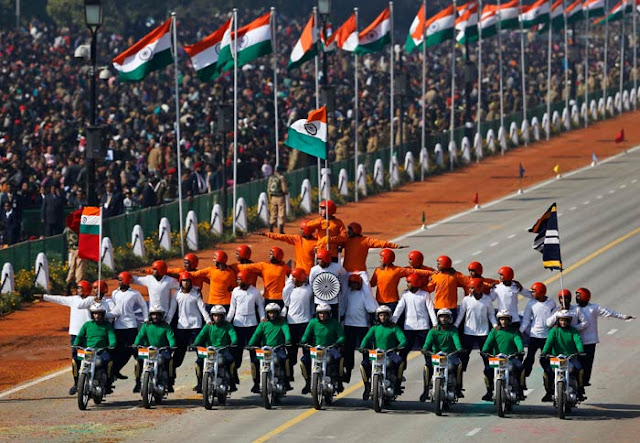Sir Chandrasekhara Venkata Raman | INDIAN GRATE SCIENTIST | BIOGRAPHY

C handrasekhara Venkata Raman was born at Tiruchirappalli in Southern India on November 7th, 1888. His father was a lecturer in mathematics and physics so that from the first he was immersed in an academic atmosphere. He entered Presidency College, Madras, in 1902, and in 1904 passed his B.A. examination, winning the first place and the gold medal in physics; in 1907 he gained his M.A. degree, obtaining the highest distinctions. His earliest researches in optics and acoustics – the two fields of investigation to which he has dedicated his entire career – were carried out while he was a student. Since at that time a scientific career did not appear to present the best possibilities, Raman joined the Indian Finance Department in 1907; though the duties of his office took most of his time, Raman found opportunities for carrying on experimental research in the laboratory of the Indian Association for the Cultivation of Science at Calcutta (of which he became Honorary Secretar




